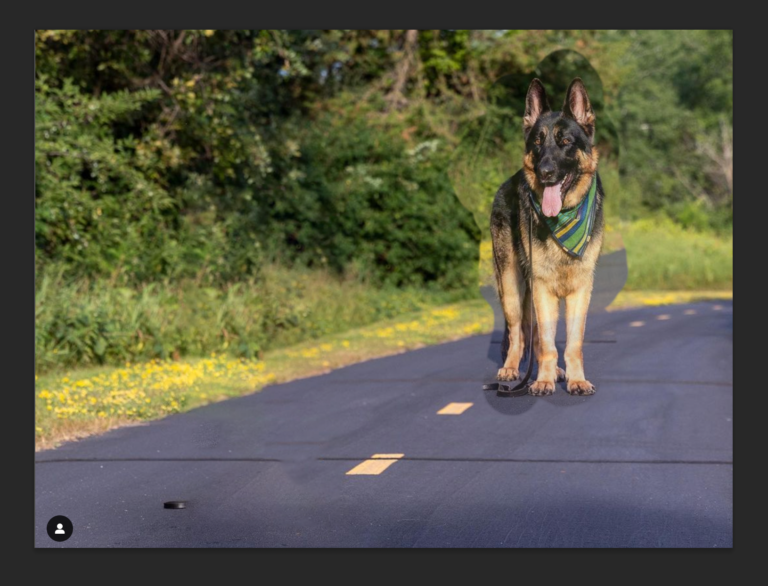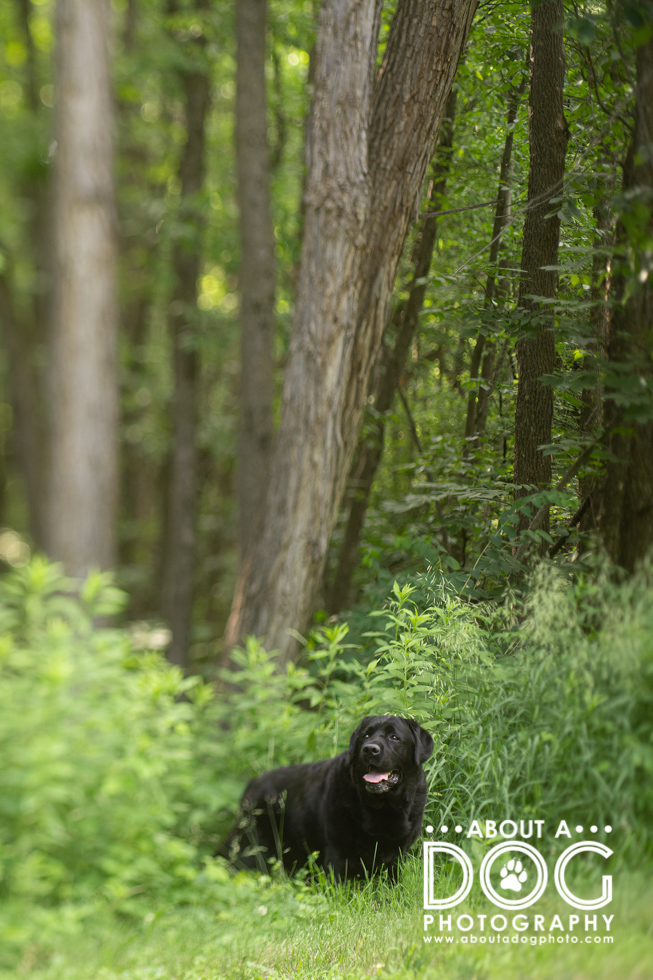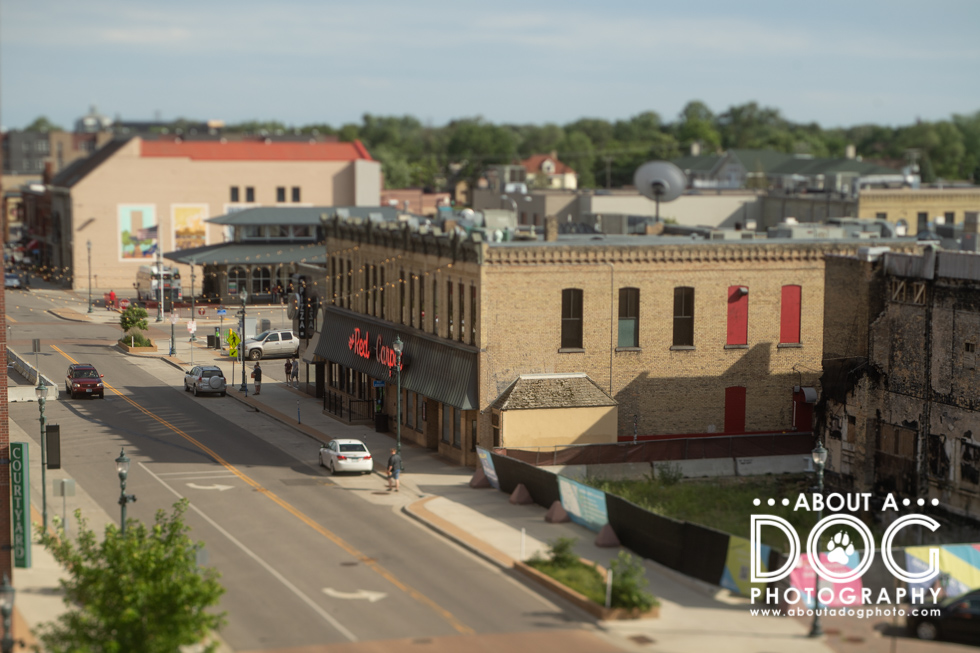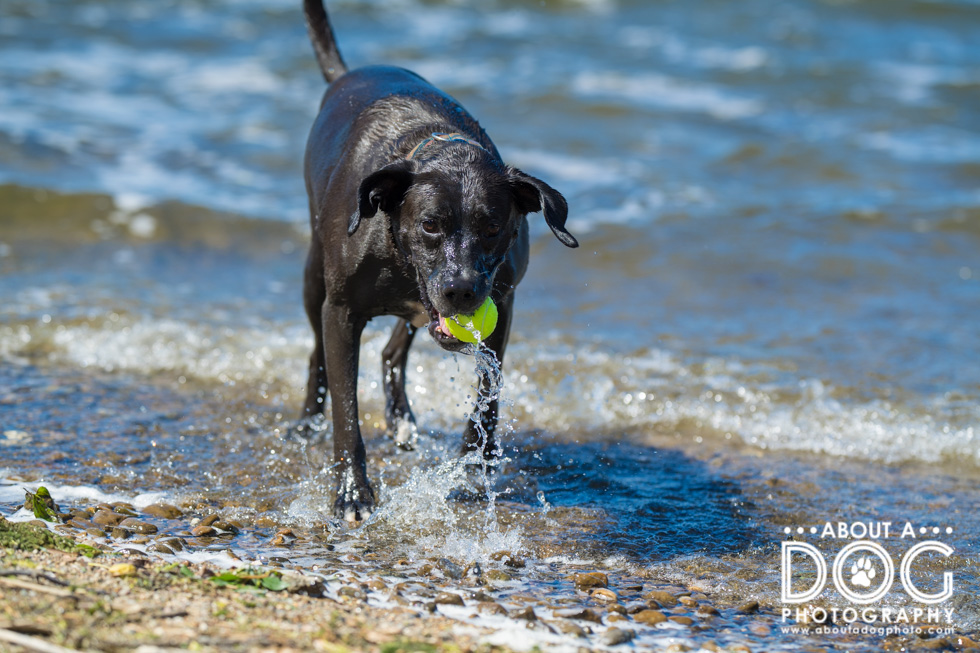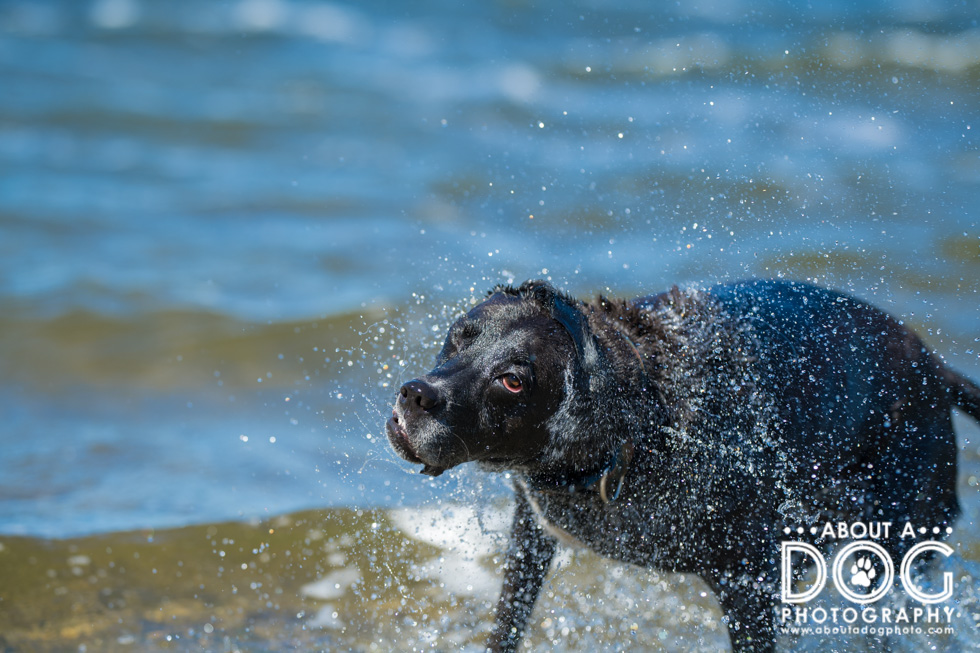Why I love dogs
Why I love dogs… oh let me count the ways!
Sidenote: The phrase: “How do I love thee? Let me count the ways” comes from Elizabeth Barrett Browning (1806-1861) and her poem written in 1843 “How Do I Love Thee? (Sonnet 43)”
How do I love thee? Let me count the ways.
I love thee to the depth and breadth and height
My soul can reach, when feeling out of sight
For the ends of being and ideal grace.
I love thee to the level of every day’s
Most quiet need, by sun and candle-light.
I love thee freely, as men strive for right.
I love thee purely, as they turn from praise.
I love thee with the passion put to use
In my old griefs, and with my childhood’s faith.
I love thee with a love I seemed to lose
With my lost saints. I love thee with the breath,
Smiles, tears, of all my life; and, if God choose,
I shall but love thee better after death.
Indeed the full poem. Bet you didn’t know it held more depth than the opening line… nor did I!
Each of those ways love is expressed pertains not only to a fellow human, perhaps an intimate acquaintance or storied old friend, but also to the dogs we love.
Why do I love dogs?
- Companionship
Starting eons ago with the first domestication, dogs have been kept as watchdogs, hunting dogs and as companions. They listen to our stories, our rants about bad days, the hopes & dreams we have with interest. There is no interruption offered, only head tilts and slight quizzical looks for new sounding vocalizations from us (or perhaps that’s only from puppies like Blue!). The depth of dogs’ companionship lends to the ample happiness for us, no matter if we’ve been gone slightly or greatly in time. - Humor
“The greatest pleasure of a dog is that you may make a fool of yourself with him, and not only will he not scold you, but he will make a fool of himself, too.” – Samual Butler. Humor and dogs tends to go hand in hand. Harking back to their ancient ancestors again, one of the characteristics that makes dogs a different lineage from their wolf cousins: neoteny. Neoteny is the retention of juvenile behaviors & traits in adult dogs – a huge marker for the difference between dogs and wolves. And a key trait in neoteny: playfulness. Dogs LOVE to play. Zoomies, playing with toys, opinions of new veggies and their responses to certain problem solving events lends towards ample moments of humor throughout the day. - They are FREAKING ADORABLE!
Thanks to selective breeding since domestication, and those Victorian & Edwardian era (1830s-1910s) collectors who defined & refined many of the modern dog breeds we know, modern dogs have VAST diversity. From towering giants in danes & deerhounds, to minuscule midgets in Chihuahuas & toy breeds, there is every size of dog for every person. Add in the diversity of coat color, ear and tail shape and the results are adorable! Purebred, mutt, every dog has a cuteness level that makes me swoon! - They teach us.
What do they teach us? Patience. How to problem solve and how to return to a place of play. They teach us how to love greater than we are, and how good of leaders & parents we are (strict to lax, consistent to half assed). We learn what makes them tick and what each bark and sound means. They challenge us to grow.
And mostly I love dogs… for the amount of love they have for us. Their love for us as caretakers, family and friends, is infinite beyond the scope of space. We are the best things in their eyes and have no reserve in showing us how much they love us.
I love dogs for so many reasons! Why do you love dogs? (Or cats? Or a different style of pet?)
It’s a blog ring featuring dog & pet photographers from around the world! Next up visit Seattle Dog Photographer Holly Cook wants to share her love of dogs and has developed a Dog Personality Quiz to help you figure out which job is best for your dog!


